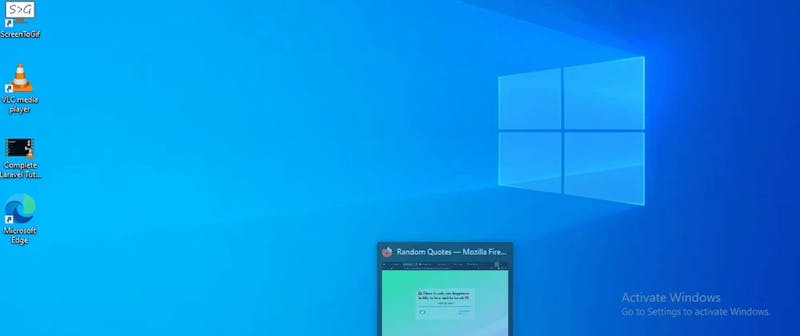1
Poll of the Week
Should internet users be required to verify themselves using a government-issued ID?
US lawmakers in the past have floated the idea of having internet users verify their ages with ID and/or a consent form from their parents to use a service, like social media. Is that something you would be in the favor of?
Trending Stories
A Simple Guide for Updating Documents in Elasticsearch
5,210 new reads
2
Publish Your Next Technology Press Release with HackerNoon
2,833 new reads
4
How To Go From Manager to Leader
1,113 new reads
5
1
2
3
4
5
Trending Companies
Instagram (instagram.com)
+91.28%
since 2010
1
Microsoft (microsoft.com)
+195.40%
since 1975
2
Tesla (tesla.com)
+61.67%
since 2003
3
ThoughtWorks (thoughtworks.com)
+50.48%
since 1993
4
Facebook (facebook.com)
-11.81%
since 2004
5
Programming
Data Science
Finance
Futurism
Gaming
Hackernoon
Life Hacking
Management
307 reads
trending #5
1,025 reads
100+ reads
Business
Society
Media
Machine Learning
Cybersecurity
Web 3
Product Management
Science
Startups
Remote Work
Tech Companies
Tech Stories
Writing
Cloud
Other stories published today
A Comparative Algorithm Audit of Conspiracies on the Net: Abstract and Introduction
Browserology: Study & Science of Internet Browsers
A Comparative Algorithm Audit of Conspiracies on the Net: Conclusion and Bibliography
Browserology: Study & Science of Internet Browsers
A Comparative Algorithm Audit of Conspiracies on the Net: Methodology
Browserology: Study & Science of Internet Browsers
A Comparative Algorithm Audit of Conspiracies on the Net: Results
Browserology: Study & Science of Internet Browsers
A Comparative Algorithm Audit of Conspiracies on the Net: Discussion
Browserology: Study & Science of Internet Browsers
A Comparative Algorithm Audit of Conspiracies on the Net: Research Questions
Browserology: Study & Science of Internet Browsers
A Comparative Algorithm Audit: Conspiracy Theories in the Online Environments
Browserology: Study & Science of Internet Browsers
Web Search Results: Biases, Inaccuracies and Their Consequences
Browserology: Study & Science of Internet Browsers
Introducing CGAAL: A Distributed On-The-Fly ATL Model Checker With Heuristics
Aiding in the focused exploration of potential solutions.










